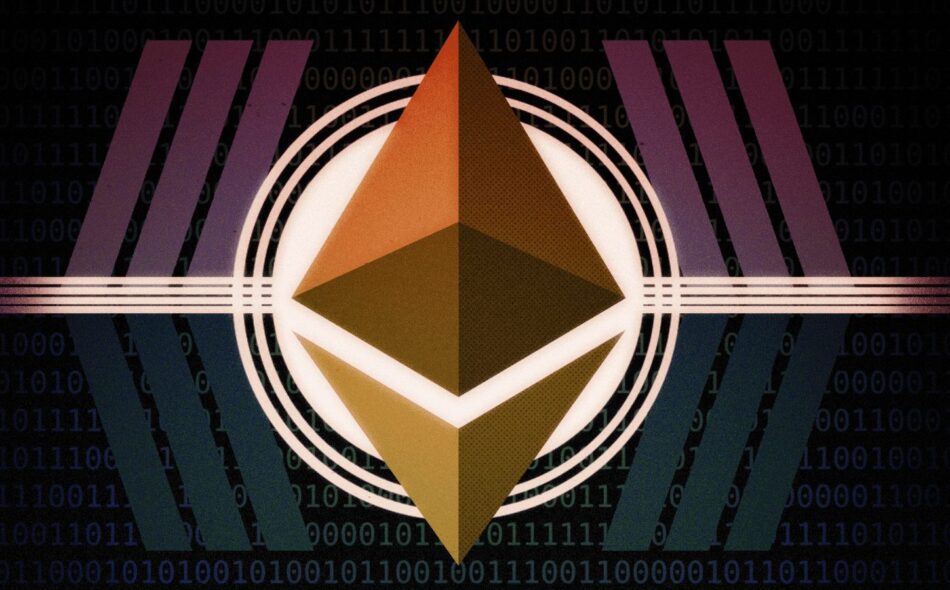- Ethereum developers successfully completed a half dozen “shadow forks” of the mainnet and are rigorously testing The Merge
- No date as been set yet, but developers are eyeing September as the most likely
For observers of Ethereum and investors in ether, the perennial question has been — for years — “Wen Merge?”
The launch of the proof-of-stake Beacon Chain on Ethereum’s Ropsten testnet on May 30 represents a major milestone in a transition that has been in the works for about seven years, almost from the very beginnings of the world’s second largest cryptocurrency.
Ethereum’s Beacon Chain has, since December 2020, operated in parallel to the mainnet — the chain on which all Ethereum dApps currently run. Ethereum Mainnet is still secured by proof-of-work, like Bitcoin, but The Merge will finally unite these two chains, permanently ditching the energy-guzzling miners and slashing Ethereum’s energy consumption by a projected 99.95%.
Officially that should happen in “Q3/Q4 2022,” and a firmer date has yet to be put on the table. On May 20, Ethereum co-founder Vitalik Buterin told attendees at the ETH Shanghai Web3 Developer Summer that it could be as soon as August “if there are no problems.”
“There’s always a risk of delays, and so September is possible, and October is maybe possible as well, but The Merge is, at this point, looking like it’s very close to happening,” Buterin said.
Ethereum core developers, coordinated by Tim Beiko of the Ethereum Foundation, have been quietly simulating The Merge process, like actors rehearsing and perfecting a play. And with each passing step in a rigorous chain of testing, the actual date comes more into focus.
That testing includes initiating a series of six “shadow forks” since April, the last of which occurred on Tuesday, and the launch of the Beacon Chain on the longest-running Ethereum testnet, Ropsten.
A shadow fork is when a new developer network is created by forking a live network using a small number of nodes. Ropsten — named, by convention, after a metro station in Stockholm, Sweden — is the closest to the production environment of Ethereum of all its testnets, and has operated continuously since 2016.
“Even before deploying to testnets, devs are continuously testing against past data and fixing all potential issues,” Kosala Hemachandra, founder and CEO of MEW (MyEtherWallet), told Blockworks.
“These devs are the best in the field, and I am confident that they will make sure [it] will deploy and function as expected.”
Now is a key time for the testing process. On Thursday, an upgrade to the testnet version of the Beacon Chain, known as Bellatrix, will prepare it for The Merge simulation. A precise time for that to occur will become known on Thursday, and The Merge on Ropsten is expected to take place on June 8. After that it will be a proof-of-stake chain, will have served its purpose, and is slated to be deprecated.
“This is the first dress rehearsal,” Beiko wrote on Twitter, complete with a dancer emoji. “PoW on testnets is hard to estimate, so keep an eye out  .”
.”
Get the day’s top crypto news and insights delivered to your inbox every evening. Subscribe to Blockworks’ free newsletter now.
The post Shadow Forks and Testnets: The Ethereum Merge Approaches appeared first on Blockworks.
